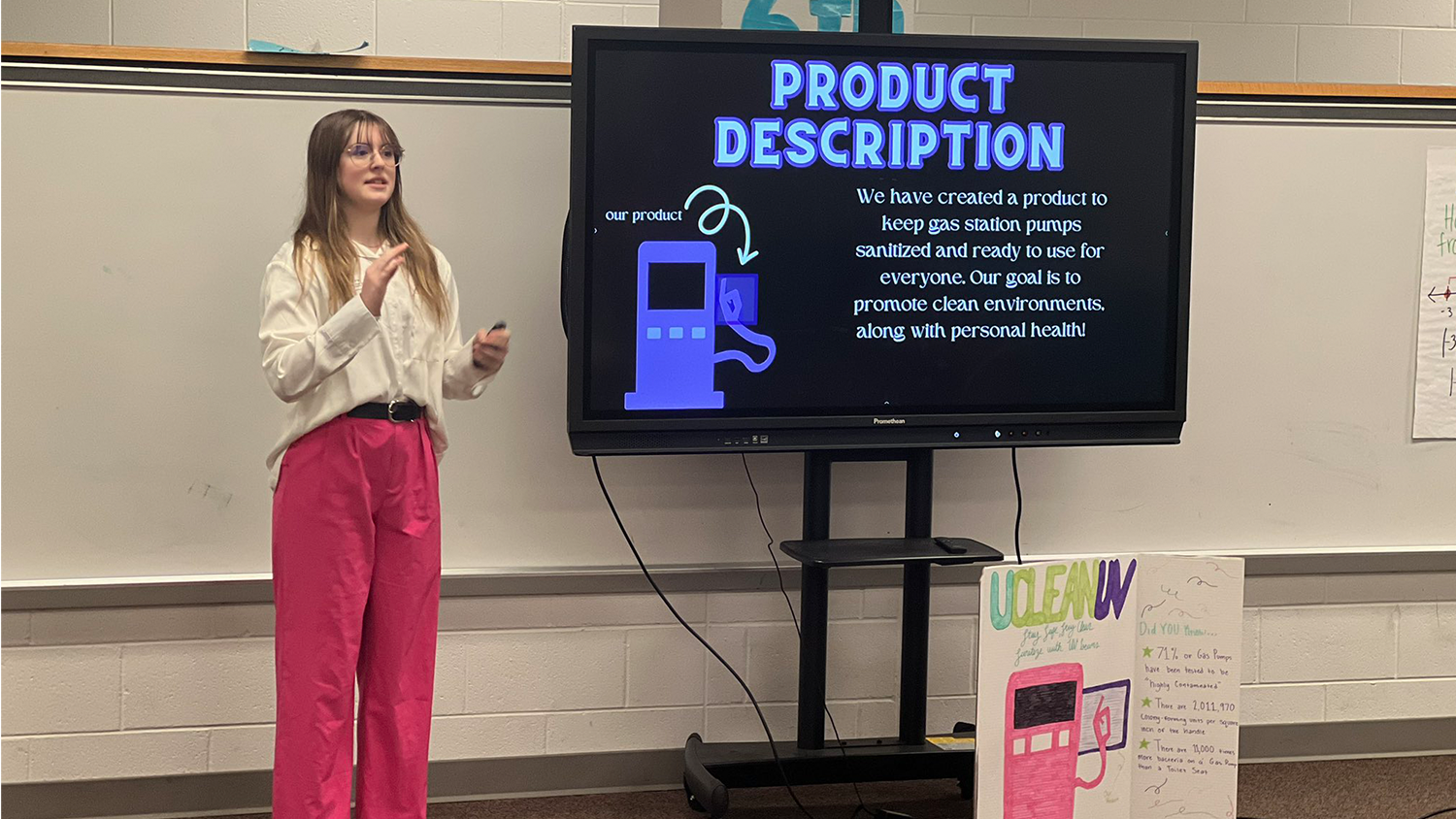Valencia College President Sanford ‘Sandy’ Shugart: ‘Dramatic Improvements in the Transfer Ecosystem’ Needed to Help Students Transition from Community Colleges to Universities

Nearly 80% of all community college students say they hope to ultimately earn a bachelor’s degree, but only about 15% are able to successfully transfer to a four-year institution and graduate within six years.
This imbalance is why Sanford “Sandy” Shugart, president of Valencia College in Orlando, Fla., said the system of transferring credits from community colleges to four-year universities must be redesigned during the 2019 Dallas Herring Lecture on Dec. 3 at NC State’s Talley Student Union. The 2019 Dallas Herring Lecture was hosted by the NC State College of Education’s Belk Center for Community College Leadership and Research.
“Delivering real opportunity and rebuilding the middle class may be the most important challenges facing higher education and, as I will argue, dramatic improvements in the transfer ecosystem will be required — in fact they may be the only way — to meet these challenges,” he said.
In his lecture, entitled “Ecosystem Thinking in Higher Education: The Future of Transfer,” Shugart noted that a change to the transfer system will likely lead to increased opportunity, economic mobility, diversity and equity in the workforce, especially since community colleges serve the largest number of underrepresented populations and low-income students.
“Within the existing model are students who have chosen a more affordable pathway, one that reduces the need for debt and one that can provide the education and credentials they require for economic and social mobility, but relatively few will achieve this goal in the system as designed,” he said.
Shugart outlined six steps necessary for creating a successful transfer system, based on his experience at Valencia College, which benefits from Florida’s unified college system and was awarded the first Aspen Prize for Community College Excellence for its high rates of graduation, transfer and job placement
North Carolina has a comprehensive articulation agreement that allows students to transfer from the state’s community colleges to schools in the University of North Carolina System, but Central Carolina Community College President Lisa Chapman said the state “needs to do better” in her response to Shugart’s lecture.
She said critical steps to ensuring success include creating a common set of credits required for the most common transfer majors, becoming more intentional in offering student support services and ensuring admissions teams at community colleges and universities are communicating effectively.
“We can do better by ensuring students begin with the end goal in mind and ensure they are actively engaged in and informed about their options and expectations as well as the pathways and the supports that are available,” Chapman said.
Shugart’s Six Steps for Successful Community College Transfer Systems
- Develop an End to End Design from Community Colleges to Universities: “Alignment of curriculum, frequent audit of the student’s progress with interventions for off-plan diversions, co-curricular preparation for the transition, thoughtful induction of the transfer student into the life of the receiving institution, attention to the transfer shock phenomenon and regular measurement of the effectiveness of the system are all elements that would go into an end to end design.”
- Change the Value Proposition to the Student: “Students are investing their more valuable assets — their hopes, their dreams, their time — in an education and they need a promise that works for them. The local ecosystem is in a position to fashion a meaningful promist to logal students, but they have to do it together.”
- Examine Retention and Application of Credit: “Evidence is very strong that the most powerful inhibitor to transfer student success is loss of credit. The solution is to be found best by close design of curriculum pathways for transferring students, assertive advising with tools to keep students on-track, effective measurement of credit loss and excess credits with their effects on time to graduation made public, and centralization of resolution of credit transfer issues.”
- Value the Associate’s Degree: “The associate’s degree matters for transfer student success, yet few universities require it as a prerequisite to transfer. Regional transfer ecosystems should develop models that place heavy value from the student’s perspective on earning the associate’s degree first.”
- Identify and Address Financial Barriers to Transfer Success: “Actions such as waiving the application fee for transfer students or arranging for them to be admitted to the university while pursuing lower division prerequisites as a transient student at the community college can substantially reduce barriers.”
- Understand Transfer as a Career Pathway: “Developing transfer pathways that connect to careers beyond the bachelor’s degree should be considered a core mission of a 21st century community college in partnership with local universities. Boards, senior leaders and policy members need to begin to shake that view and reward colleges for contributing to the worthy goal of diversifying the professions.”
- Categories:


